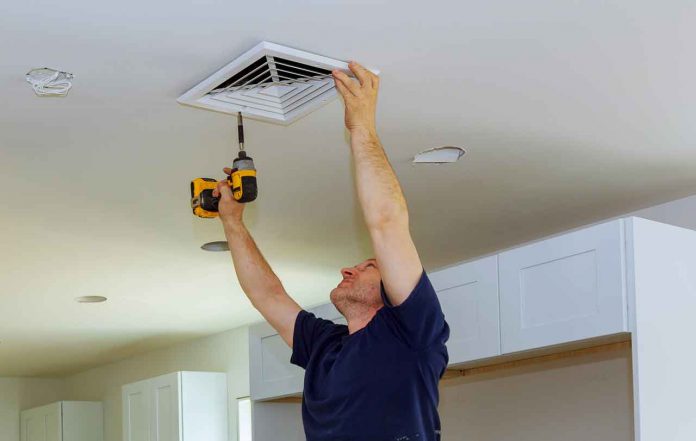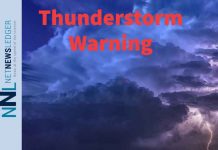People spend roughly 90% of their lives indoors, and pollutant levels can be as much as 100 times the levels encountered outdoors. During a global pandemic like this one, far more people are spending even more time inside in hopes of preventing the disease from spreading but putting themselves at risk for other health concerns.
Roughly 50% of the energy used in a typical commercial building is consumed by its HVAC system. Though the majority of U.S. businesses are closed at the moment, HVAC systems inside the home can cause all kinds of issues if not properly maintained, as well.
Though everyone could benefit from better air quality, there are a few select groups that need the best possible air quality inside the home:
- Adults over the age of 60 years old.
- Infants and children up to 16 years old.
- Immune-compromised individuals, pregnant women, and people with chronic respiratory disorders.
- People recovering from severe illnesses or surgical procedures.
In response to the COVID-19 pandemic, the American Society of Heating, Refrigerating and Air-Conditioning Engineers (ASHRAE) has developed proactive guidelines to help address health concerns pertaining to heating, ventilating, and air-conditioning systems.
The ASHRAE Epidemic Task Force has approved the following two statements regarding HVAC operating and the COVID-19 pandemic:
Transmission of SARS-CoV-2 through the air is sufficiently likely that airborne exposure to the virus should be controlled. Changes to building operations, including the operation of heating, ventilating, and air-conditioning systems, can reduce airborne exposures.
Ventilation and filtration provided by heating, ventilating, and air-conditioning systems can reduce the airborne concentration of SARS-CoV-2 and thus the risk of transmission through the air. Unconditioned spaces can cause thermal stress to people that may be directly life-threatening and that may also lower resistance to infection. In general, disabling of heating, ventilating, and air-conditioning systems is not a recommended measure to reduce the transmission of the virus.
According to Air Conditioning Contractors of America (ACCA), scientists believe the principal transmission mode of COVID-19 is by respiratory droplets, which can travel several feet from someone through coughing or sneezing. These contaminated droplets can travel through a home’s HVAC system, which can then be circulated throughout the entire home.
The first step in order to address these HVAC concerns and manage your home’s indoor air quality is to prevent mould, dust, odour, and other tiny pathogens from getting inside your HVAC unit and being transmitted throughout the home.
HVAC contractors are doing everything they can to help homeowners with these issues.
“Contractors are now learning that filters are designed to capture larger particulates in the air while surface ultraviolet disinfection and airstream UV disinfection are effective at inactivating pathogens,” said William Bahnfleth, ASHRAE presidential member. “UV germicidal systems have also been shown to reduce microbial load and pathogens that are found within the HVAC system and drain pan that would otherwise be introduced and distributed throughout the envelope of the building.”
Homeowners and individuals need to remain vigilant during these uncertain times both inside and outside. The virus spreads quickly through the air and on surfaces — but make sure you’re disinfecting your home since airborne droplets containing infectious agents can remain in the air inside a home for six minutes or more.







